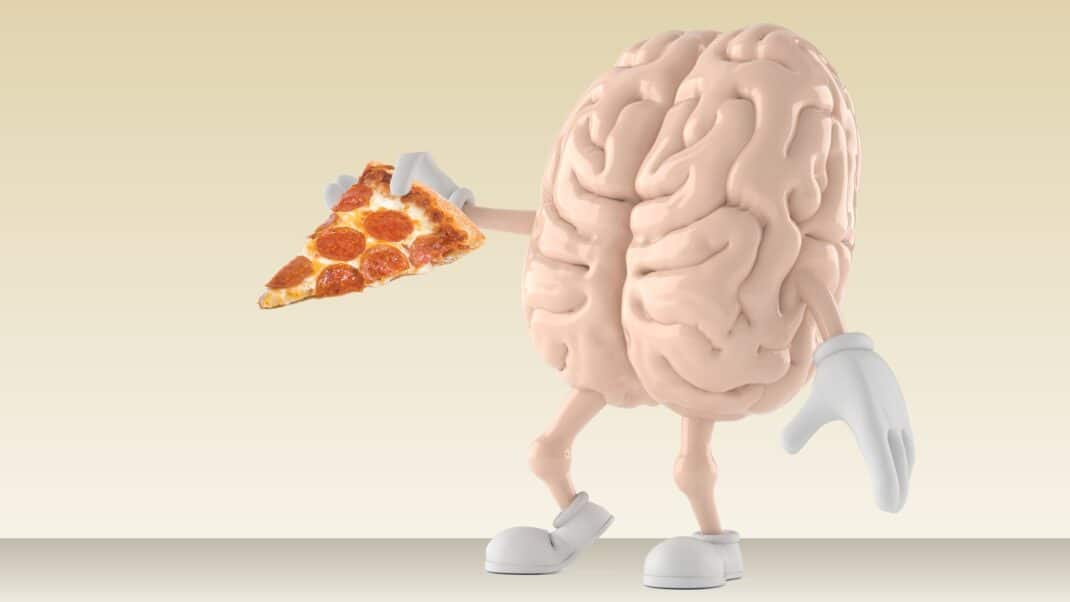Maximize Productivity During Off-Peak Hours
How to motivate staff to be productive when it's not busy.
Many fitness facility managers share a dilemma: what to do with staff during slow times. We want to keep our people motivated and therefore feeling effective and important to the business; we certainly don’t want them to be bored and just passing time; and we absolutely need to maximize staff contributions for efficiency in our facilities.
Unfortunately, traffic at every fitness facility drops off at some point during the day, and the frontline staff often seems to have little to do when that happens. The problem, however, may lie not with our staff members, but with us, their managers. Consider that the issue may stem from management, and begin to find answers by first assessing facility needs and staff wants and then thinking creatively.
Maybe the fitness employees who stand around chatting when things get slow in the weight room don’t really want to be lazy; maybe they just need a little direction and motivation to take responsibility and get busy. “You have to be a good manager and line up your managerial style with your staff needs to get the most out of your staff,” says Sabra Bonelli Gardner, associate executive director at the Palomar Family YMCA in Escondido, California.
Motivate your staff members by fitting your style to theirs in order to develop their productivity. Start by approaching employees with a positive attitude. “Be proactive and empower staff to take pride in your facility and in their work,” says Roberta Duguid, general manager for the Lakeshore Athletic Club Illinois Center in Chicago. “Don’t ask staff to do anything you wouldn’t do as a manager.”
Check the Work You Assign. This practice establishes accountability (yes, this means getting down on your knees and looking for dust bunnies under treadmills). Track how your employees spend their time so that you can better understand productivity in your facility. Alex McMillan, president of Northwest Personal Training and Fitness Education in Vancouver, Washington, recommends using a worksheet and filing system for keeping up with staff output.
Work With Other Managers. Together, strive to create a productive culture in your facility. All of you can establish facility needs and determine ways for employees from each department to contribute to accomplishing overall organizational goals. Duguid recommends keeping lists of what other managers need and regularly updating the lists in management meetings. You’ll keep tabs on who needs help where and how to fulfill those needs with available staff members.
Offer Meaningful Work. Keep your people active, consider where they will be most effectively utilized and, as much as possible, offer tasks that matter. “We don’t want any downtime or just hanging out,” says Grace DeSimone, national director of group fitness for Plus One Holdings in New York City. “We want to create a culture of bubbly excitement to keep people interested in what they’re doing. We even try to stay excited about the small things.”
DeSimone suggests developing programs in which managers spend a few minutes each day with their staff members, helping them all become better employees and working toward a common goal. Daily topics could include customer service–related concepts, recent fitness findings or ideas about areas of improvement for staff and the facility. Keep people interested and motivated to do their jobs, and demonstrate your confidence in them through the time and energy you invest in them.
Identify your organizational needs, find out what strengths your people possess and what they enjoy doing, and then work with staff members to develop tasks they can tackle when the crowds dwindle.
Assess seasonal and facility trends to determine what you need and don’t need, so that you can establish priorities and minimize overload. “The priority is always how to touch members, then the busywork,” says Charisse Duroure, general manager at Ethos Fitness and Spa for Women in Midland Park, New Jersey.
After you and other managers have worked together to clearly outline what your facility needs, you can determine how specific staff members can meet those needs. “Find your staff’s passions and get them involved. Match your needs with your staff’s wants—it’s the best return on the investment for the time,” says Gardner.
Assign tasks to challenge staff, grow your programs with their ideas and improve organizational efficiency and cohesiveness. Cross knowledge with other departments, and encourage staff to look into less familiar areas of the facility when they have downtime.
Train staff to function both alone and in teams. You can have your service-desk staff, personal trainers, fitness floor trainers, childcare staff, sales staff, membership staff and all of your frontline staff working together to maintain a culture of productivity. Whatever they do, always be sure to show your appreciation and never forget to acknowledge their efforts.
Brainstorm inventive strategies for keeping your staff busy and possibly operating a little more efficiently, too. Make a list of things for employees to do when business in the facility slows, consider developing incentives to motivate staff, and create programs that support learning and improvement when you are assigning tasks for off-peak hours.
Cleaning and Maintenance. In the fitness department, list basic organizing and cleaning tasks. Some employees may feel they are above cleaning and be resistant to the task, but cleaning demonstrates a good work ethic and establishes your staff as accessible and approachable. Equipment can never be too clean, and by spending time in the fitness center, your employees position themselves for member interaction. Also have staff do preventive maintenance by testing equipment. If they regularly spend a few minutes on each piece of equipment and flip through the TV and radio stations, you will be able to troubleshoot failures more quickly than if you relied on members to report them.
Continuing Education. With the fitness department, also emphasize the importance of continuing education and set a standard for learning new information. Allow staff time to study for continuing education credits. You may even want to establish an incentive program that encourages learning by promising financial support for continuing education credits.
Teamwork. Further encourage fitness staff to expand their knowledge and skills by having them work together to develop new classes and then team-teach them. Raise the bar for classes by having instructors pair up with each other and with trainers to improve their class plans. Trainers can also work together during downtime to develop new workouts—two heads are better than one, after all.
Marketing. Ask staff to update marketing efforts on bulletin boards. Use free spaces to share new workouts developed by trainers, as well as to educate clients about new programs that staff have developed—possibly even programs that happen during off-peak hours. This strategy helps draw members into the facility at optimal times.
Member Contact. Don’t forget to reach out and touch the members. Ask staff to make calls to follow up with members, to let people know about upcoming programs, to confirm appointments or to sell personal training. Staff can also talk to members, either by phone or in the facility, to garner new ideas for programs.
Don’t fret when staff members start to loll around. Solve the problem from the top down and work on establishing a productive environment with a get-it-done attitude. Motivate your staff by taking an interest in what they want, and balance your needs with their free time during off-peak hours by getting creative and showing your support and appreciation.
When considering what tasks to assign to which staff during downtime, consider the talents of your various employees and how they can make unique contributions.
- If staff members write well, ask them to draft newsletter articles.
- If they enjoy program development, encourage them to create contests or fun events for members.
- If they have artistic talents, have them work on marketing efforts.
Also, cross-train staff for tasks away from their departments, especially as those tasks pertain to the staff’s talents. Employees who focus on customer service can also work together to develop sales and marketing techniques, whether it be how to conduct tours of the facility, how to answer phones, how to address certain questions and problems, or what approach to take with difficult members. Customer service staff can also work on other marketing efforts, and they can be a gold mine when it comes to paperwork and filing in the back offices.




